What IndyCar Could Learn from F1 Miami Grand Prix
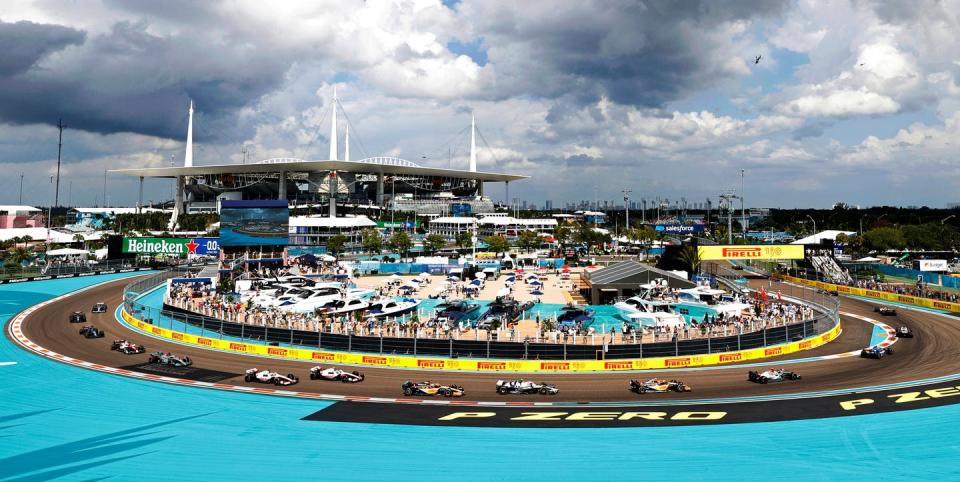
Given that F1 will have three races in 2023 in the U.S.—Miami, Austin and Las Vegas—the onus will be on IndyCar to up its game.
“I think one thing that might be able to improve is the marketing around the racetrack,” IndyCar driver and F1 attendee Rinus VeeKay said.
Formula 1 had a massive PR and marketing presence at Miami, which was further complemented by the PR and marketing staff of the Miami Dolphins and Hard Rock Stadium.
It would almost be easier to name the very few NTT IndyCar Series drivers who weren’t at this past weekend’s Formula 1 race in Miami. Virtually every IndyCar regular was in attendance at the sold-out inaugural event not far from South Beach.
Two of those in attendance, Pato O’Ward, whose future may eventually lead to F1, and Rinus VeeKay, spoke with Autoweek Wednesday morning and gave their impressions on what IndyCar as an organization could learn from the incredible show F1 put on in Miami.
“It was a huge event,” O’Ward said. “I feel like the hype was probably the biggest hype we've ever seen for a Formula 1 race in the U.S. It was just crazy and really, really cool to see how F1 is growing in the U.S. market.
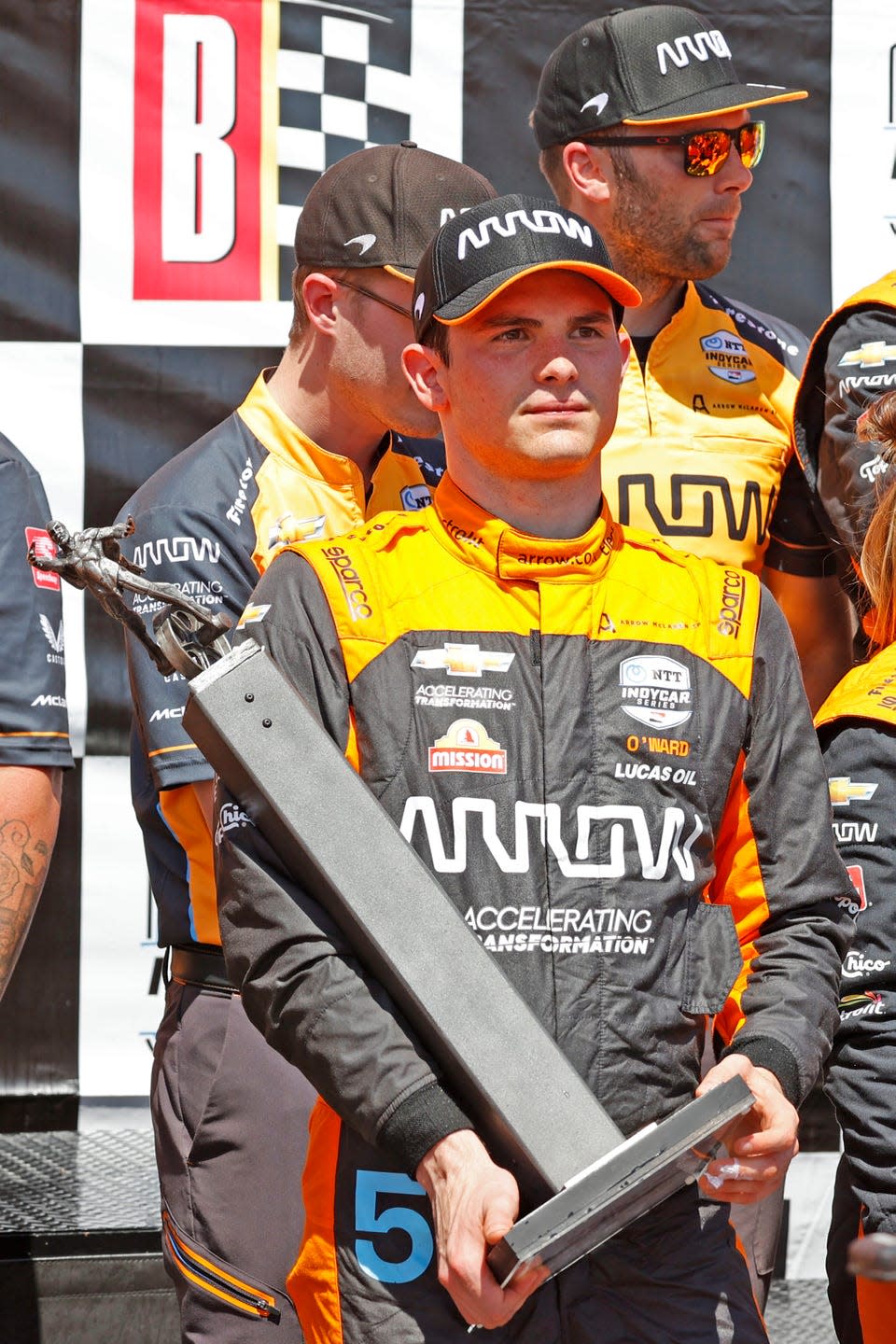
“I think that what F1 has really cracked and I feel like IndyCar has as well—in not all of the races but in some on the calendar. I think we all know what it is that attracts people. The hard thing is to find a way to do it. Right? It's all a business. It has to make sense.”
One of the biggest things F1 really shined at in Miami was giving people more than their money’s worth. And that says a lot, given the average ticket price was several hundred dollars and up.
F1 had numerous on- and off-site activities in addition to the race itself, including a number of concerts, disc jockeys spinning music continuously, dancing and folks just having a good time.
By the way, there was also a race to enjoy as well.
“What is so appealing to people is that it's more of we're going to a music festival and there's going to be a race going on,” O’Ward said. “Let's go see race cars go because, you know, whenever people go see race cars, it's usually people are like, ‘Oh my God, these cars are so cool.’
“But I feel like when you bring like a music festival in there and concerts and artists, people get more than just the race and I think that's what really sells.”
O’Ward, who drives for Arrow McLaren SP, is in the final year of his current contract with the IndyCar organization, but also has aspirations of following his racing dream one day to F1.
Being around the whole F1 atmosphere only heightened O’Ward’s desire to someday race in the world’s most popular motorsport series. But if it never happens, he’ll have no problem remaining in IndyCar and battle for race wins and championships in that series, as well.
“It's cool man, it's really cool,” O’Ward said of his dream. “But like I've told many people, there's so many things out of my control that I just say, ‘You know what, I’m just forgetting about it. If it comes, it comes. And if it doesn't come, then I guess it doesn't come.
“I'm gonna make sure that I'm gonna do everything in my power to do everything as good as I can here in IndyCar. I just want to win, you know. Wherever I am, I want to win. I want to win the (Indy) 500, I want to win the (IndyCar) championship, I want to get Arrow McLaren SP their first of both and I want to give these guys a year to celebrate and give myself that because too much work goes into this to be thinking about other things. So I'm so excited for our year in IndyCar and I just I want to do the best job I can for them and for myself.”
As for the Dutch-born VeeKay, he comes into this weekend’s GMR Grand Prix at Indianapolis Motor Speedway as the defending winner, his first career IndyCar victory.

VeeKay was also in Miami over the weekend—it helps that he lives close-by in Fort Lauderdale—and hung out with a number of close friends including former go-kart rival and defending F1 series champion Max Verstappen, who ultimately won Sunday’s race.
Autoweek asked VeeKay what examples from F1 he took away from that race that potentially could help IndyCar increase its reach and success here in the U.S.
“Looking at the track and really the race itself, I think IndyCar is more of a pure form of racing,” VeeKay said. “There's more excitement and character in an IndyCar race. That's always like my thought when I see the races on TV.
“But when I was there in real life (at the F1 race), you see a whole different kind of fan walking around there. Of course the tickets are very expensive, which make everything very fancy when you walk around. But for me, I think IndyCar really has a good product.”
But IndyCar’s product could always improve, as well. Given that F1 will have three races in 2023 in the U.S.—Miami, Austin and Las Vegas—the onus will be on IndyCar to up its game to if not totally compete with F1 in its backyard, to at least increase its own presence in motorsports both in the U.S. and globally.
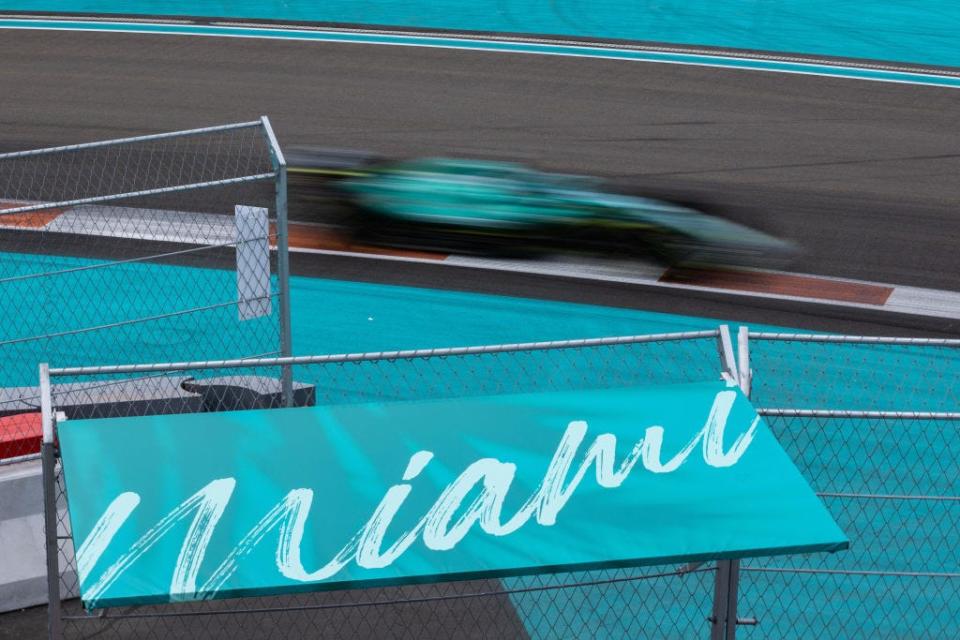
“I think one thing that might be able to improve is the marketing around the racetrack,” VeeKay said. “I live in Fort Lauderdale, so I was at the Fort Lauderdale airport, Miami airport, and everything was Formula 1 there. So I think when we have a city race, like a downtown race, I think a little bit of extra marketing could pay off pretty well.”
Marketing in the NTT IndyCar Series definitely needs to be improved, both on the track and series level. The series needs to promote its races and drivers more, while race promoters need to spend money to make money, so to speak.
A LOT more money than they are currently spending, that is.
Graham Rahal recently told Autoweek that friends of his that live in the Dallas/Fort Worth area weren’t even aware IndyCar was in town on race weekend in mid-March until the day before the race, as promotion was that lacking.
That’s likely a significant reason why the race attendance was so miniscule. And with Texas Motor Speedway not having a new agreement with IndyCar to extend its race relationship for the next several years, a lot of eyes will be on what happens with that situation.
Here are five suggestions to improve IndyCar’s visibility and notoriety:
1) IndyCar version of F1’s Drive to Survive is a must
For IndyCar to grow and thrive, fans need to learn more about drivers, team owners, engineers, etc., both on- and off-track. While some IndyCar officials and even racing legend Mario Andretti believe such a project would be a copycat version of Drive to Survive, we believe the exact opposite. We firmly believe that the more exposure the series gets, the more fans will attend in-person, watch on TV, and attract even more friends.
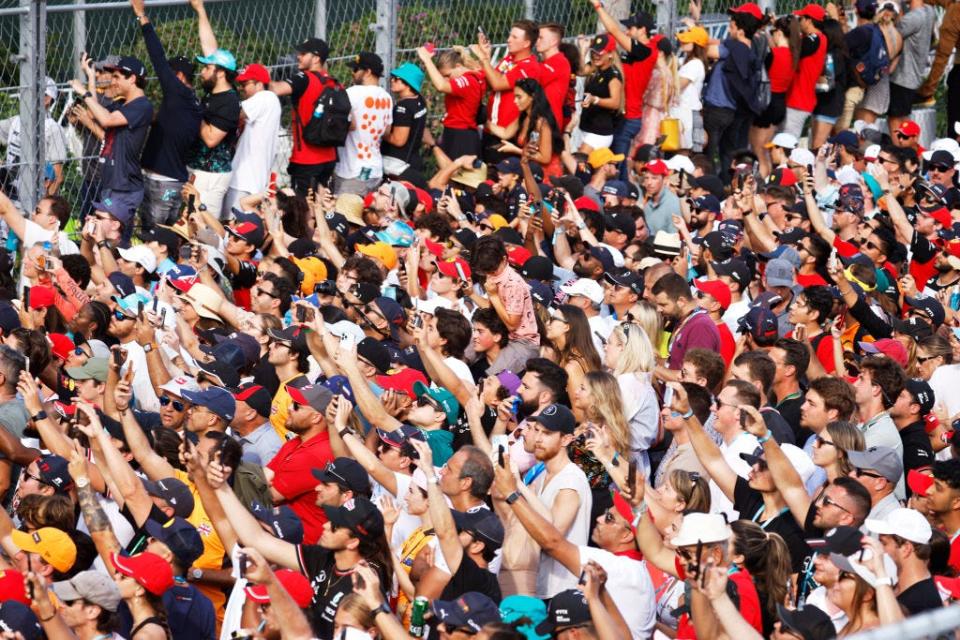
2) Location, location, location
IndyCar must significantly increase its media outreach to the various markets it visits. Too often, local media outlets, particularly TV and Internet, are not even aware that IndyCar is in town to race on a particular weekend. IndyCar needs to go back to the way it used to be, where it would bring a driver or two into a market maybe a week or two before a race, have meet-and-greets with fans, offer extensive media interviews, have promotional engagements and product activations with fans and the like.
3) Promote drivers and the countries they hail from
IndyCar needs to do more of that, even if it means hiring additional personnel to reach out to media in countries where drivers are from. Examples: Pato O’Ward (all Mexico media), Rinus VeeKay (Netherlands), Scott Dixon (New Zealand), Will Power (Australia), defending series champion Alex Palou (Spain) and so many more. When IndyCar hosts teleconferences, particularly with foreign-born drivers, the turnout from international media more than proves that there is a vast platform of interest and attention.
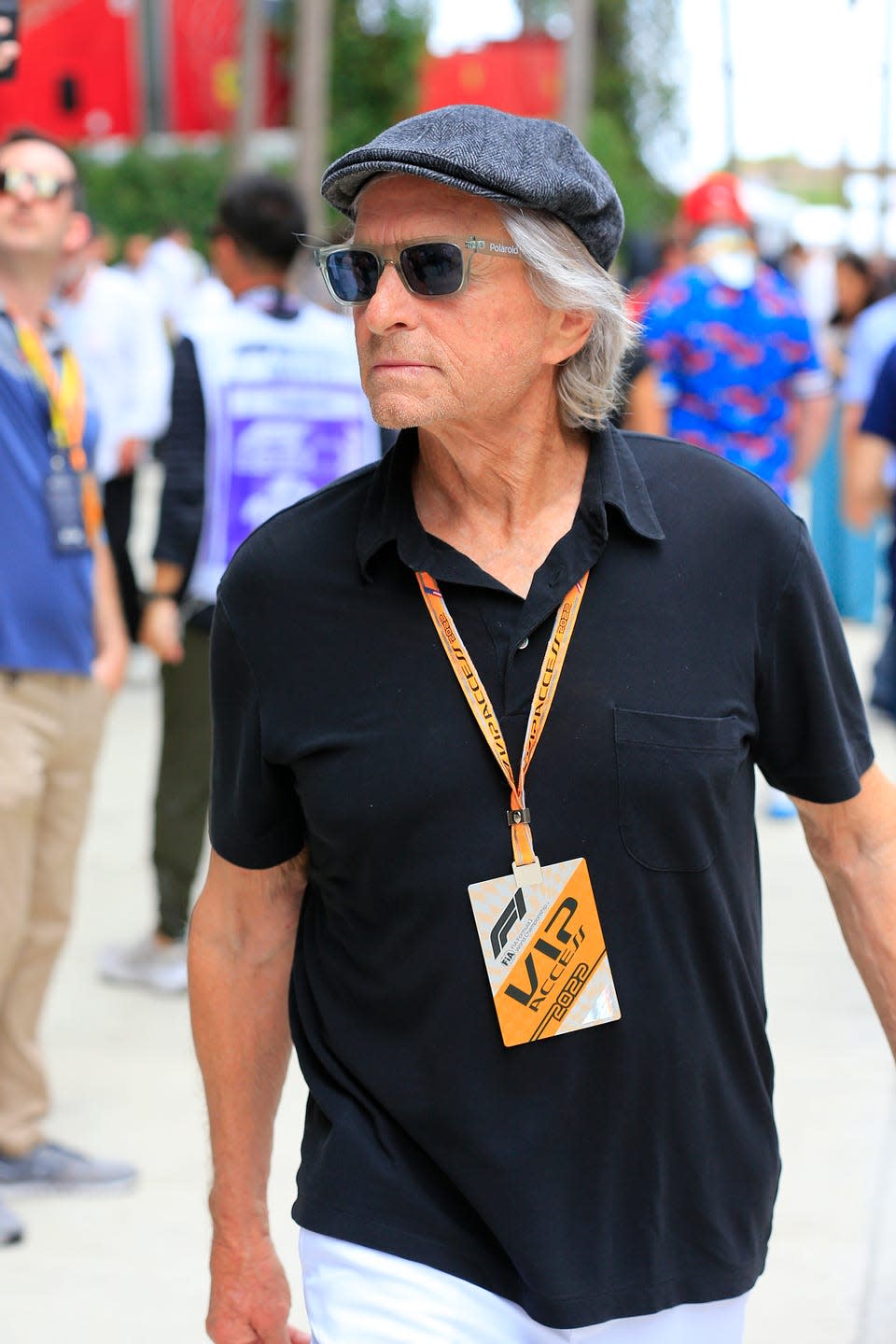
4) Celebrities
IndyCar gets some celebrities at the Indianapolis 500, but when it comes to most other races and markets, a local car dealer is not what we consider a true celebrity. IndyCar has to work on relationships and partnerships, even if it’s through sponsorships and advertising/marketing, to bring in celebrities and influencers who will draw attention to the brand and themselves in turn.
Look at F1 Miami. It had tons of celebs, including Venus and Serena Williams, David Beckham, Tom Brady, Michael Jordan, Sir Jackie Stewart, Juan Pablo Montoya, Caitlyn Jenner and so many more. Even if IndyCar has to pay to attract some celebs, particularly in markets like Long Beach, the return on investment would be markedly worthwhile.
5) Expand IndyCar’s media/public relations staff
The staff was decimated in 2019 when a change in administration of the PR department lopped off more than half the six-person staff—and just past the mid-point of the season. The series’ PR efforts have never recovered since. At the very least, you don’t cut staff in the course of a season, you wait until the season is over. But in this case, IndyCar PR needs more personnel to not only do promotion within Indianapolis, but also at the major markets on the schedule. That means media press conferences, lunches/dinners, media events (like hot laps), etc.
IndyCar also needs a healthy boost in its marketing department both personnel-wise and financially. Formula 1 had a massive PR and marketing presence at Miami, which was further complemented by the PR and marketing staff of the Miami Dolphins and Hard Rock Stadium. They did the job the right way, the way it is supposed to be done. IndyCar should follow the same playbook.
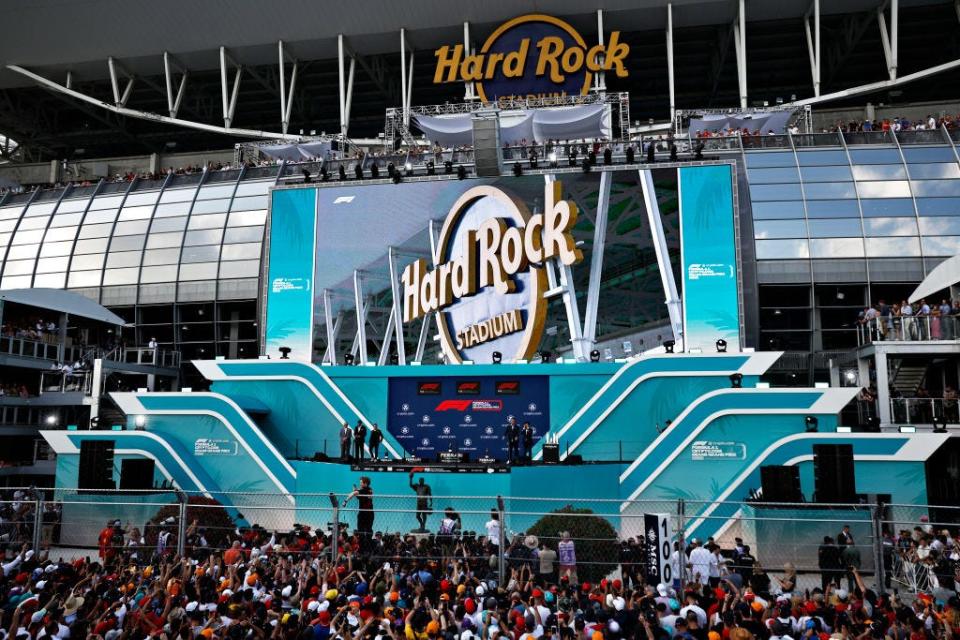
Lastly, IndyCar is in a very precarious position right now. If F1 continues to take the U.S. by storm, don’t be surprised if another race in the country occurs maybe in 2024 or 2025. There is lots of talk of potential markets including Los Angeles, Chicago and New York. If that occurs, and including the three races already on the docket and continuing relationships in Montreal and Mexico, one-quarter of F1’s races will be based in North America.
IndyCar needs to diversify and spread its message, rather than doing little or nothing. The days of “build it and they will come” are over. Rather, IndyCar must adopt a “promote the hell out an event and market” in every location it visits. And if there are markets that are weak or don’t draw significant return on investment, then either drop those markets entirely or move on and find other markets that may be more open and willing to compromise or offer incentives to attract fans and, in turn, lots more money – which is the name of the game anyway, right?
It was less than 25 years ago when CART was the true king of auto racing in the U.S. NASCAR was a distant second. But when the war between CART and the upstart and ill-conceived Indy Racing League began, IndyCar racing suffered to the point where it almost died.
IndyCar today cannot afford that same fate. It must be proactive rather than reactive, aggressive rather than passive, promotional rather than same old, same old. When you have an owner like Roger Penske and the deep pockets he has, there’s no excuse for moderation or no action at all.
Follow Autoweek contributor Jerry Bonkowski on Twitter @JerryBonkowski

 Yahoo Autos
Yahoo Autos 